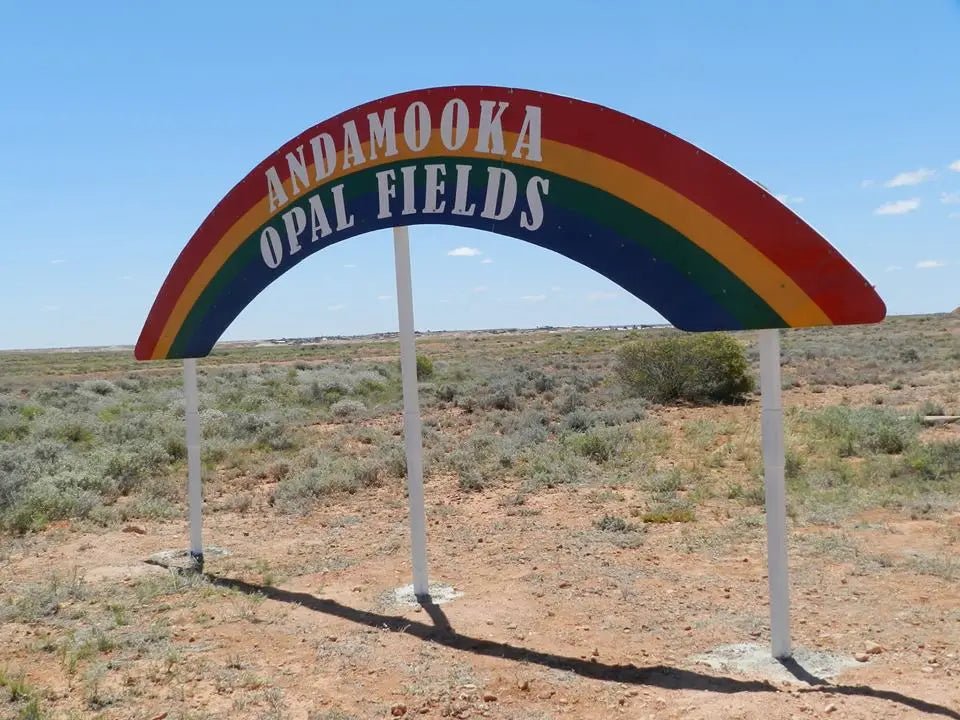
Famous Australian Andamooka Opal: A Unique Australian Treasure
Andamooka is one of Australia’s oldest opal fields, renowned for its unique opals, some of which have even adorned the late Queen’s jewellery. Unlike other Australian opals, variations of Andamooka Opal can be treated with sugar or acid to enhance their colour and play of light.
A Bit of History
The name "Andamooka" is derived from an Aboriginal term believed to mean 'Powerful Bone' in some regions and 'Large Waterhole' in other regions. Interestingly, Andamooka is the only Australian town where the streets are unnamed.
In 1872, a pastoral lease was taken out for Andamooka Station. In 1930, two boundary riders, Sam Brookes and Roy Shepperd, discovered opal at Treloar’s Hill. Legend has it they found opal while sheltering from a thunderstorm. Despite attempts to keep their find a secret, news spread, leading to a rush of miners to Andamooka in the early 1930s.
The Andamooka Opal Fields
Unlike other Australian opal fields, Andamooka features a diverse range of host rocks, including quartzite, shale, sandstone, and limestone. This diversity contributes to the unique formation of Andamooka opals, which include:
- Matrix Opal: Often treated to enhance colour in lighter stones.
- Crystal Opal
- Dark Opal
- Light Opal
- White Opal
- Concrete Opal (also known as 'painted ladies')
- Fossil Opal
Andamooka is also notable for the discovery of opalized dinosaur fossils, a rare find only in Australia, with specimens dating back 100 to 240 million years to the Jurassic and Cretaceous periods.
Formation and Characteristics
Matrix or Boulder Opal forms in sedimentary rock, with Andamooka matrix being a unique brown sedimentary rock. High-quality matrix contains numerous tiny deposits of gem opal, which can be cut, polished, and treated to produce stunning stones reflecting the vibrant colours of crystal opal against a dark base.
Due to the porous nature of the host rock, Andamooka is the only Australian opal field where opals can be treated to darken the host rock and enhance the opal's play of colour. However, not all Andamooka material is suitable for treatment; only porous matrix or 'concrete' opal can be treated effectively.
Treated vs. Natural Opal
It’s important to note that treated opal is not valued as highly as naturally dark opal. Andamooka does not naturally produce black opal. Treatment involves enhancing the colour artificially, which is less rare and therefore less valuable than naturally occurring dark opals. Additionally, treated opals cannot be recut as the treatment only affects a thin layer of the stone.
Andamooka opals, with their rich history and unique characteristics, offer a fascinating glimpse into the world of Australian gemstones. Whether natural or treated, they remain a prized part of Australia's opal heritage.




Leave a comment
This site is protected by hCaptcha and the hCaptcha Privacy Policy and Terms of Service apply.